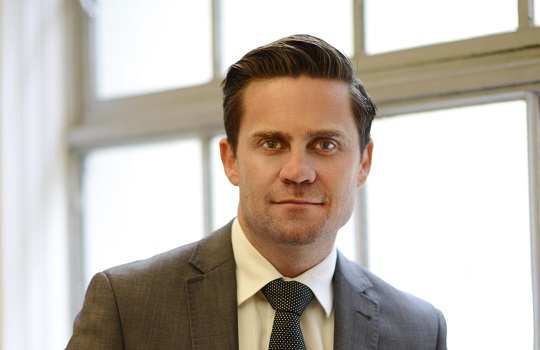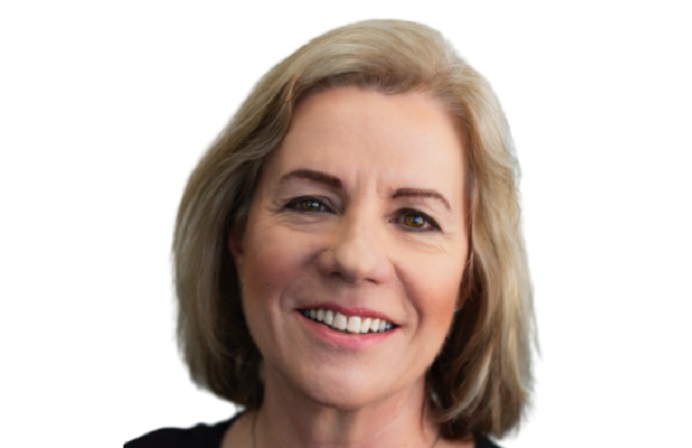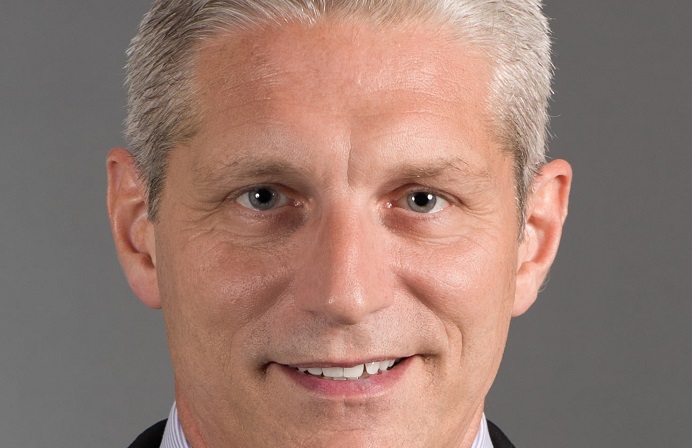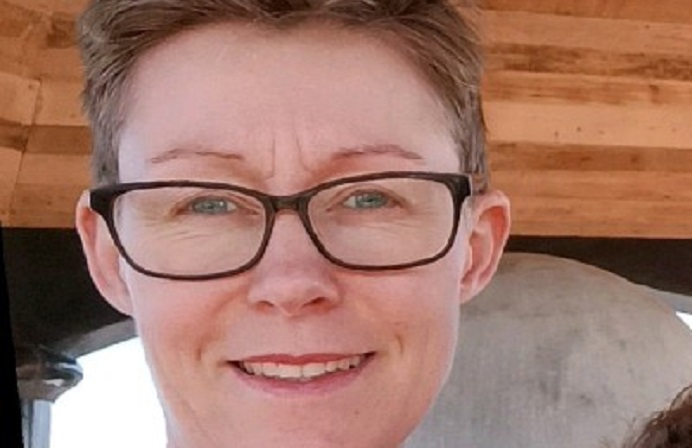
Bank of Sydney’s Chief Risk Officer speaks to FST Media about the significance of data insights to improving the overall risk management framework of the organisation.
FST Media: What are your key priorities for the next 12 to 18 months?
Morgan-Cooper: In terms of customer engagement and an immediate focus for our business, Bank of Sydney currently has an appetite to grow our overall mortgage book, however to grow this we need to undertake a sustainable approach. We do this with a relative degree of diversifying our portfolio along the way, through geographic means or looking at particular industries. This year, we have moved into the broker market for home loans and underpinning our governance of this strategy will be our reliance on data analytics. This will include risk providing an analysis around the relative loan performance around our traditional corporate branch operating model versus the third party broker model. Furthermore, we can also cut our data to look at the effectiveness of the broker model from our portfolio and from a geographic diversification perspective. In essence, data plays an integral part in understanding how successful we are in executing a growth-orientated strategy at the bank whilst minimalising the risk in that growth journey.
Another key priority is building our risk and compliance capability internally. All of my direct reports in the risk function have been with the bank for less than 12 months so stabilising the contribution that each of those resources will bring to supporting the execution of their business strategy is important. Finally, we are looking to further enhance the reporting to our board and management around understanding consumer trends and the risk environment both internally and externally. For me, that is the key focus over the remainder of this year and certainly well into 2016.
FST Media: How is Bank of Sydney working to improve the overall risk management framework of the organisation?
Morgan-Cooper: I’ve been here at the Bank of Sydney now for just over 15 months and that is an area that has been a key consideration since I joined. My initial focus has been on ensuring that our risk capability is aligned to the risks that we manage in the bank and I focused on two key areas. Firstly, the focus has been around developing our internal bench strength in terms of data insights and management reporting. That involves distributing to our executive team and to our board as it’s important that I guess risk and compliance are viewed as an enabler to the decision making process. We’ve recently invested in credit risk resourcing in terms of people and technology to enable us to better form a view around those data insights. Secondly, the key area of improving our risk management framework comes down to working internally to further embed our Three Lines of Defence (TLOD) risk philosophy at the bank. A key element of that is to develop a strong risk culture that permeates throughout the organisation and risk culture is certainly an area that is a hot topic in the market place and has my attention over the coming period.
FST Media: Can you tell me a bit more about Bank of Sydney’s recent investment in credit risk resourcing and what we can expect to see further in this space?
Morgan-Cooper: Prior to my arrival at the bank, we didn’t have a dedicated risk function so the first stage for us was ensuring that we had – in terms of our people, policy and process – individuals who were accountable for credit risk at the bank. Over the last six months, we’ve brought on staff who are responsible for the management of credit risk from a portfolio perspective in terms of information management reporting to the board and management. There is some further discussion with our stakeholders around what supporting technology solutions would further enable the bank to strengthen its bench strength around data insights from a portfolio trend analysis perspective when we’re looking at areas or hotspots in terms of delinquencies, particularly if we’re trying to massage our credit policy settings where we feel that certain geographies may have a higher inherent default risk because of a particular geography. The Bank of Sydney would like to further develop our capabilities in this space to enable us to make informed decisions at a transactional level but also from a portfolio perspective.
FST Media: How has data analytics shaped your strategy in moving towards the broker market for home loans?
Morgan-Cooper: Data analytics plays an important role in terms of providing strength analysis internally of what our risk profile is to where we have our customers and market segments, the use of the traditional branch operating model and the success of sourcing mortgages through the more traditional means. We have a number of data insights internally in terms of trend reporting and benchmarking which enables us to make informed decisions via our strategic planning to move into a broker market. We are a boutique bank so we do rely on a number of our internal colleagues and external partners such as credit bureaus to provide data insights for those decisions. We have a range of portfolio reports internally that show both a portfolio perspective and a loan origination perspective that analyse loan serviceability, our mortgage diversification by geography by product, our LVR levels and benchmarking to our peers in [the] industry. All of those data insights, when aggregated, enable the bank to form firm views in terms of moving into a broker market and doing so in a sustainable way that complements our existing channels.
FST Media: How valuable are Bank of Sydney’s social channels from a risk culture perspective?
Morgan-Cooper: In terms of the social risk culture, there is not a ‘one size fits all’ approach; each organisation will likely have a different set of collective values which drives personal behaviours in terms of decision making and attitudes to risk. At the Bank of Sydney, we’ve recently started reviewing elements of our culture from an operational risk perspective – particularly in terms of how our cultural values (ownership, passion, respect and urgency) are aligned to employee behaviours. We haven’t ended that review at this point but I suspect the output will reaffirm that our staff have formalised position descriptions that reflects the risks that they own, how they utilise our internal technologies and structures, as well as showing how they may use different platforms in terms of executing their core accountabilities. In this way, we can measure individuals through a common set of risk-based KPIs. It’s difficult for us to have an absolute view of risk culture but we can also scan our employee base to further understand the perceptions through risk control ownership at an organisational level and an individual level. That organisational lens may be focused on looking at how we promote Bank of Sydney from a grand recognition perspective via the use of social media platforms through digital marketing across our channels. It gives us the opportunity to undertake some self-reflection which enables the board of management to either reaffirm what we believe is the right cultural setting or give us areas that we may need to invest greater time and effort in.
FST Media: What would you consider to be the most important qualities for an innovator in financial services?
Morgan-Cooper: Firstly, I think it’s important for innovators to understand what the behaviours of their consumers are and the shifts in their use of technology. Technology fundamentally is driving significant changes to the banking landscape. For me, disruptive technology firms in such areas as peer-to-peer lending and crowd-funding fundamentally force financial institutions to undertake a stocktake of their strategy; they become reflective and consider new ways of being relevant in the long term. I certainly support new industry forums that encourage and foster innovation to support our customers and our target markets into the future. It’s certainly critical that our team are engaged externally with the financial services community in terms of discussions with our peers, our regulators and our customers to better understand those trends and to be fair this is still a work in progress.
FST Media: Every leader has a legacy that they wish to be remembered for. What is yours?
Morgan-Cooper: You are only as good as the team around you. Seeing my colleagues, both past and present, being successful in various roles and their chosen professions is rewarding. Good leadership to me is being approachable, providing your colleagues with empowerment and every opportunity to succeed. Being remembered for transparency, being consistent and accountable for decision-making in both good and bad times is critical. In summary, it is all about ‘walking the talk.’ I would hope that our colleagues would say that the risk and compliance team were really an enabler to assisting the bank in getting some runs on the board and hitting our corporate objectives.





